7 Common Dog Training Mistakes and How to Avoid Them
Transparency matters to us! This post may include affiliate links, which means we earn a small commission if you make a purchase through our recommendations. This is at no additional cost to you. Read our full affiliate disclosure.
Have you ever called your dog’s name repeatedly while they completely ignore you at the park?
Or maybe you’ve been working on “sit” for weeks, only to watch your pup give you a blank stare when you need it most. These frustrating moments often stem from well-intentioned but counterproductive approaches that many dog owners unknowingly use.
Most training challenges don’t occur because dogs are stubborn or difficult, but rather because of subtle errors in our own methods. The good news is that recognizing these common dog training mistakes can transform your relationship with your furry companion from one of frustration to one of mutual understanding and joy. Understanding what goes wrong and why can help you build the strong, trusting bond you’ve always wanted with your dog.
Key Takeaways
- Stay Consistent: Using different commands or mixed household rules confuses dogs and slows progress
- Say Commands Once: Repeating cues teaches dogs to ignore your first request
- Keep Sessions Short: Brief 5-15 minute training periods work better than long, exhausting lessons
- Choose Rewards Over Punishment: Positive reinforcement builds trust while punishment creates fear
- Practice Everywhere: Skills learned at home need reinforcement in parks, streets, and social situations
- Make Training Daily: Regular short sessions maintain skills better than occasional long classes
- Keep Commands Positive: Always pair cues with good experiences, especially recall commands
The 7 Common Dog Training Mistakes
1. Inconsistency in Commands and Rules
Dogs thrive on predictability and clear expectations, but many households accidentally create confusion through inconsistent approaches. When one family member says “down” while another says “lie down,” or when jumping on the couch is allowed on Tuesday but forbidden on Wednesday, dogs struggle to understand what you actually want from them. This inconsistency in commands, rules, or reward timing significantly delays learning because dogs can’t form reliable associations between their actions and your responses.
The solution starts with family communication and establishing household rules that everyone follows. Choose one specific word for each behavior you want to teach, write them down, and make sure every family member uses exactly the same commands. If you want your dog to lie down, decide whether you’ll use “down,” “lie down,” or another phrase, then stick with it consistently. The same principle applies to household rules about furniture, meal times, and acceptable behaviors.
Timing also matters significantly in maintaining consistency. Rewards should be given immediately when your dog performs the correct behavior to create clear connections between the action and the positive outcome. Delayed rewards or inconsistent reward schedules can confuse your dog about which specific behavior earned the treat.
2. Repeating Cues or “Cue Nagging”
One of the most common training mistakes involves repeating commands when dogs don’t immediately respond. Saying “come, come, come!” or “sit, sit, sit!” actually teaches your dog that they don’t need to listen to the first command because you’ll keep asking. This repetition weakens the power of your cue words and trains your dog to wait for multiple requests before responding.
Instead of repeating yourself, focus on getting your dog’s attention before giving any command. Use their name or a “watch me” cue to ensure they’re focused on you, then give your command once and wait. If your dog doesn’t respond within a few seconds, either help them into the position (for commands like “sit”) or reset the situation by moving closer or reducing distractions.
This approach requires patience but creates much more reliable responses over time. When dogs learn that you mean what you say the first time, they become more attentive and responsive to your requests. Practice getting your dog’s focus before issuing commands rather than competing with distractions for their attention.
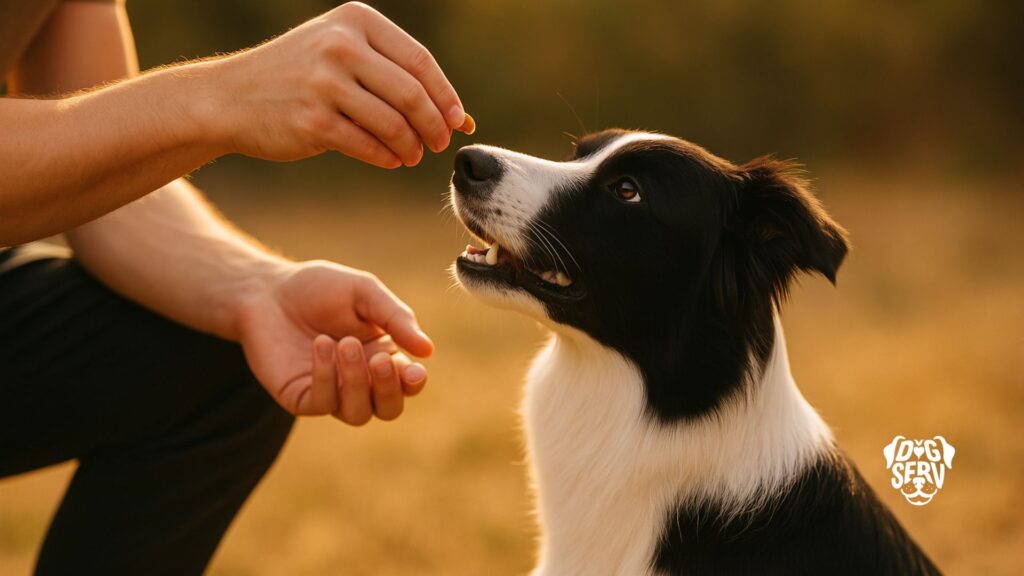
3. Overly Long or Unfocused Training Sessions
Many enthusiastic dog owners believe that longer training sessions will lead to faster progress, but this approach often backfires. Dogs, especially puppies, have limited attention spans and can become bored, stressed, or overwhelmed during lengthy training periods. Sessions should typically last 5-15 minutes for optimal learning, with multiple short sessions throughout the day proving more effective than one long workout.
The quality of training time matters more than quantity. A focused five-minute session where your dog successfully practices three behaviors is far more valuable than a thirty-minute session filled with mistakes, distractions, and frustration. Watch for signs that your dog is losing interest, such as looking away, lying down, or offering behaviors you didn’t ask for.
End every training session on a positive note by asking for something your dog knows well and rewarding them generously. This approach keeps training fun and maintains your dog’s enthusiasm for future sessions. You can also integrate training into daily routines by asking for a “sit” before meals, a “down” before opening doors, or a “stay” before throwing toys.
4. Using Punishment Instead of Positive Reinforcement
Traditional training methods that rely on corrections, yelling, or physical punishment may seem to work quickly, but they often create more problems than they solve. Punishment-based methods can generate fear, anxiety, and may cause dogs to shut down or develop defensive behaviors. Dogs trained through fear may appear obedient but often lack confidence and may react unpredictably in stressful situations.
Modern training science consistently shows that positive reinforcement methods produce better long-term results while strengthening the bond between dogs and their owners. Instead of punishing mistakes, focus on rewarding correct behaviors with treats, praise, toys, or whatever your individual dog finds most motivating. When your dog makes an error, simply redirect them to the correct behavior and reward success.
Positive reinforcement training builds trust and creates dogs who are eager to learn rather than fearful of making mistakes. This approach takes patience but results in more confident, well-adjusted dogs who genuinely want to please you. If you’re working with a trainer, choose one who uses positive, reward-based methods rather than dominance or punishment techniques.
5. Not Practicing Skills in Different Environments
A dog who sits perfectly in your quiet kitchen might seem completely untrained at the busy dog park, but this doesn’t mean they’re being stubborn. Dogs don’t automatically generalize behaviors from one environment to another, so skills learned in familiar, low-distraction settings may not transfer to new locations with different sights, sounds, and smells. This failure to practice in various environments is one of the most common reasons why training seems to disappear in real-world situations.
Start training in the easiest environment possible, then gradually increase difficulty by adding distractions, changing locations, and practicing during different times of day. Begin with your quiet living room, progress to the backyard, then move to the front yard, quiet streets, and eventually busier areas like parks or pet stores. Each new environment may require you to temporarily lower your expectations and use higher-value rewards.
The key is making these transitions gradually rather than jumping from home training directly to challenging public spaces. Practice basic commands in various locations throughout your neighborhood before expecting reliable responses in highly stimulating environments. This process, called “proofing,” helps dogs understand that your commands apply everywhere, not just in familiar settings.
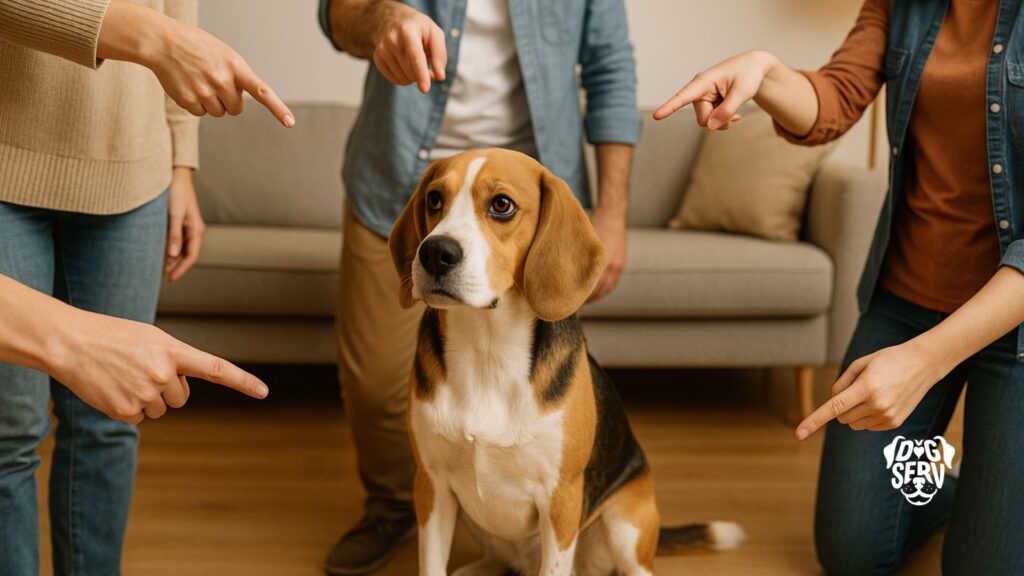
6. Skipping Practice Between Classes or Only Training Occasionally
Attending a weekly training class is a great start, but dogs need regular practice between sessions to retain new skills. Many owners make the mistake of only working on training during formal sessions, then wonder why their dog seems to forget everything by the next class. Like any skill, dog training requires consistent practice to become reliable.
The most successful approach involves integrating training into your daily routine rather than treating it as a separate activity. Ask your dog to sit before putting down their food bowl, practice “stay” while you prepare their leash, or work on “come” during backyard play sessions. These brief, frequent practice sessions help cement learning much more effectively than occasional long training marathons.
Even spending just two or three minutes several times throughout the day practicing basic commands will maintain and strengthen your dog’s skills. Regular reinforcement prevents backsliding and helps dogs understand that good behavior is expected all the time, not just during official training periods. This consistency also helps you catch and address small issues before they become bigger problems.
7. Accidentally Creating Negative Associations or “Poisoning the Cue”
One of the most heartbreaking training mistakes happens when owners unknowingly teach their dogs to dislike or avoid certain commands. This typically occurs when a cue becomes associated with something unpleasant, such as calling your dog to come inside when they’re having fun, using recall before bath time, or ending play sessions immediately after your dog responds to “come.” When commands are consistently followed by negative experiences, dogs learn to avoid responding to those cues.
The recall command is particularly vulnerable to this problem because it’s often used when you need to end something enjoyable or do something your dog dislikes. To prevent this association, make sure that coming when called leads to positive outcomes most of the time. When you do need to end playtime or perform necessary care tasks, avoid using your recall cue and instead go get your dog physically.
Practice recall commands regularly when nothing else is happening, rewarding your dog generously and then allowing them to return to what they were doing. This builds a strong positive association with the command and ensures your dog will respond reliably when you really need them to come. The same principle applies to other commands, especially those involving handling, grooming, or medical care.
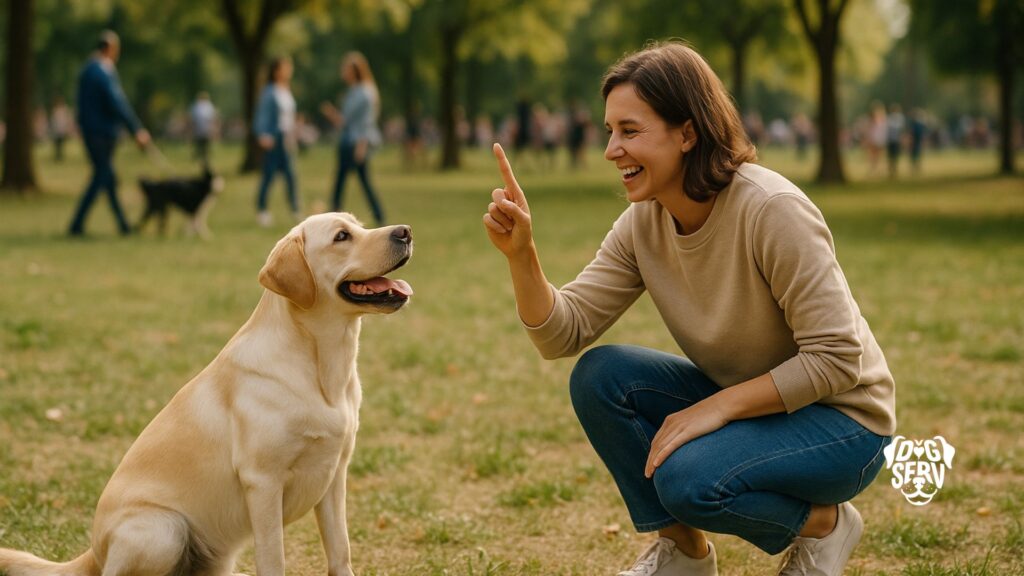
Practical Tips to Avoid These Mistakes
Building successful training habits starts with preparation and consistency. Create a list of commands that everyone in your household will use, and post it somewhere visible until everyone memorizes the exact words. Keep training treats easily accessible throughout your home so you can reward good behavior the moment it happens, rather than missing opportunities while searching for rewards.
Practice the “one cue rule” religiously by only saying commands when you have your dog’s attention and can follow through if needed. If your dog doesn’t respond to your first request, help them succeed rather than repeating yourself. This might mean moving closer, reducing distractions, or physically guiding them into position while using an encouraging voice.
Make training a natural part of daily life by incorporating commands into routine activities. Your dog can practice “sit” and “stay” before meals, work on “down” while you watch television, and rehearse recall during backyard time. These frequent, brief practice sessions are more effective than long, formal training periods and help your dog understand that good behavior is expected all the time.
Real-Life Applications and Scenarios
Successful training shows up in everyday situations when your preparation pays off. Teaching reliable recall starts with practice in your fenced backyard using high-value treats and praise, then progresses to longer distances and mild distractions before moving to unfenced areas. During this process, never use recall for negative purposes, and always make coming to you the best part of your dog’s day.
Loose-leash walking requires a similar progression, beginning with short distances in quiet areas and gradually working up to busier environments. Practice “sit” and “stay” commands at curbs, when greeting people, and before entering buildings to create real-world applications for these basic skills. The key is starting easy and building complexity slowly rather than expecting perfect performance in challenging situations.
Social situations provide excellent training opportunities when your dog has mastered basic skills in easier environments. Practice greetings with friends and family members before expecting good behavior with strangers, and always have high-value treats available during these interactions. Remember that every positive training experience builds your dog’s confidence and strengthens your relationship.
Product Recommendations
So you’ve identified the training mistakes that have been turning your living room into a canine chaos chamber?
Excellent!
Now it’s time to arm yourself with the tools that will transform you from “frustrated human making weird noises” to “training wizard who actually gets results.” Think of these products as your training utility belt, because every superhero needs the right gadgets to save the day (and their sanity).
- ThunderShirt Classic Dog Anxiety Jacket: This snug-fitting jacket is like a portable hug machine for anxious pups. Perfect for dogs who think the vacuum cleaner is their mortal enemy or that thunderstorms are personal attacks. It’s basically doggy Spanx, but for emotions instead of muffin tops. Warning: Your dog may become so relaxed that they start expecting you to carry them everywhere like a furry baby.
- PetSafe Gentle Leader Head Collar: Transform your four-legged sled dog into a perfect walking companion with this magical face harness. It’s like power steering for your pooch, minus the warranty and cup holders. Your dog will look distinguished, like they’re about to deliver important mail in the Alps. Caution: Prepare for confused looks from other dog owners who think your pup has joined an elite canine secret service.
- KONG Classic Dog Toy: The indestructible red cone of wonder that has survived more dog attacks than a mailman’s uniform. Stuff it with treats and watch your dog become a furry mathematician trying to solve the world’s most delicious puzzle. It’s like a Rubik’s cube, but with peanut butter and significantly more drool. Warning: You may find yourself judging other toys by KONG standards and muttering, “Back in my day, toys could survive a hurricane.”
- Treat Pouch: Because fumbling through your pockets while your dog loses interest is the training equivalent of trying to pay for coffee with Monopoly money. This hands-free treat dispenser makes you look like a professional dog whisperer, even when you’re just winging it. Caution: You may start unconsciously reaching for treats to reward humans who follow basic instructions.
- Outward Hound Nina Ottosson Dog Brick Puzzle Toy: Keep your Einstein-level pup entertained with this brain-bending contraption that’s more complex than your last IKEA furniture assembly. It’s like Escape Room: Doggy Edition, but with treats instead of cryptic clues and significantly more tail wagging. Warning: Your dog may become so intellectually superior they start giving you judgmental looks when you can’t figure out your own smartphone.
- Zuke’s Mini Naturals Training Dog Treats: These tiny treats are the doggy equivalent of cryptocurrency – small, highly valuable, and your pup will do absolutely anything to get more. Perfect for rapid-fire training sessions without turning your dog into a furry bowling ball. Caution: Your dog may start expecting these premium treats for basic life functions like breathing and existing.
- Lick Mat with Suction Cups: This textured mat turns snack time into a zen meditation session for your pup. Spread some peanut butter on this bad boy and watch your hyperactive dog transform into a focused, licking machine. It’s like yoga for dogs, but with more drool and fewer uncomfortable poses. Warning: You may find yourself strangely mesmerized watching your dog achieve inner peace through rhythmic licking.
Remember, these tools won’t magically transform your dog into Lassie overnight, but they’ll certainly make the journey more enjoyable for both of you. And hey, if all else fails, at least you’ll have some really cool dog gear to show off at the park while other owners wonder why your dog actually listens to you. Happy training, and may the treats be ever in your favor!
Further Reading
Ready to dive deeper into the wonderfully chaotic world of dog training? We’re about to take your canine education from “barely surviving” to “actually thriving.” These articles are like graduate school for dog parents, except way more fun and with significantly less student debt. Warning: Side effects may include sudden bursts of confidence and an irresistible urge to share training tips with strangers at the dog park.
- The Power of Positive Reinforcement Dog Training: Discover why bribing your dog with treats is actually a scientifically-backed training method, not just giving in to their adorable manipulation tactics. This article explains how positive reinforcement turns you from a pushover into a strategic treat distributor. Spoiler alert: Your dog has been training YOU this whole time, and they’re surprisingly good at it.
- Training Stubborn Dogs: Proven Methods That Work: Think your dog has a PhD in selective hearing? This guide helps you crack the code of canine stubbornness without losing your sanity (or your voice from repeating commands). Learn why your “stubborn” dog might just be a misunderstood genius with different priorities. Plot twist: They’ve been listening all along, they just have opinions about your suggestions.
- The Complete Guide to Dog Training at Home: Transform your living room into a canine academy without the hefty tuition fees or judgmental looks from other dog owners. This comprehensive guide covers everything from basic commands to advanced tricks that will make your neighbors think you’ve hired a professional trainer. Bonus: No pants required for home training sessions.
- 10 Dog Training Techniques Every Owner Should Know: Master the essential training techniques that separate the dog whisperers from the dog shouters. This article is like a cheat sheet for canine communication, minus the risk of getting kicked out of class for academic dishonesty. Warning: You may start unconsciously using these techniques on humans with surprisingly effective results.
- How to Train a Dog: The Complete Beginner’s Guide: Perfect for those who think “heel” is just something that hurts when you walk too much. This beginner-friendly guide breaks down dog training into manageable steps that won’t make you feel like you need a doctorate in animal psychology. Spoiler: Your dog doesn’t care about your training credentials, just your treat inventory.
These articles are your secret weapons in the battle against canine chaos. Read them, absorb their wisdom, and prepare to become the kind of dog owner who makes it look effortless (even when you’re secretly bribing your pup with cheese).
Remember, knowledge is power, but knowledge combined with treats and patience? That’s pure magic. Now go forth and read. Your future well-trained dog is counting on it!
Frequently Asked Questions About Dog Training Mistakes
Q: My dog listens to me at home but ignores me completely on walks. What should I do?
A: This is a classic example of skills not transferring between environments. Start by practicing your commands in gradually more distracting locations, beginning with your front yard and slowly working up to busier areas. Use higher-value treats during walks than you use at home, and initially lower your expectations while your dog learns to focus on you in new environments.
Q: What if different family members want to use different commands?
A: Hold a family meeting to agree on specific command words for each behavior you want to teach. Write down the chosen commands and post them where everyone can see until the words become automatic. Consistency is more important than the specific words you choose, so pick commands that everyone feels comfortable using and stick with them.
Q: Is it ever okay to use corrections or punishment in training?
A: Modern training science strongly favors positive reinforcement methods over punishment-based techniques. Focus on managing your dog’s environment to prevent unwanted behaviors and redirecting them toward appropriate activities. If you’re dealing with serious behavioral issues, work with a certified positive reinforcement trainer who can help you address problems safely and effectively.
Q: How long does it take to fix bad training habits?
A: The timeline depends on how long the unwanted behavior has been practiced and how consistent you are with new approaches. Some dogs respond to changes within days, while others may need weeks or months of consistent practice. The key is patience and consistency with your new methods while avoiding the mistakes that created problems in the first place.
Q: Should I train my dog every day?
A: Yes, but training doesn’t have to mean formal sessions every day. Brief, frequent practice integrated into daily routines is more effective than long, occasional training sessions. Even two-minute practices several times throughout the day will maintain and strengthen your dog’s skills while building good habits for both of you.
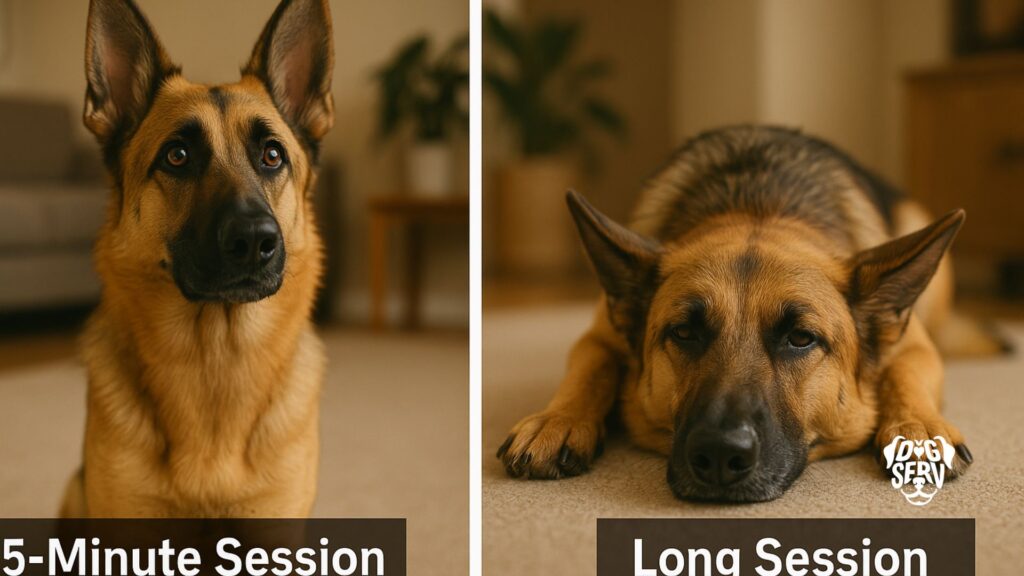
Building Long-Term Success Through Mindful Training
The most successful dog training happens when owners understand that small, consistent actions create lasting change. Every interaction with your dog is a training opportunity, whether you’re reinforcing good behavior with praise, redirecting unwanted actions, or simply modeling calm, confident leadership. Dogs learn constantly from their environment and your responses, so being mindful of these everyday moments can significantly impact your long-term success.
Remember that training setbacks are normal and don’t indicate failure. Dogs, like people, have good days and challenging days, and external factors such as weather, health, or changes in routine can temporarily affect performance. When problems arise, go back to basics rather than becoming frustrated or increasing pressure. Often, a few days of practicing simple, successful behaviors will restore confidence and momentum.
The relationship you build through positive, consistent training extends far beyond basic obedience. Dogs trained with patience and understanding become more confident, adaptable, and bonded to their families. They’re also more likely to recover quickly from mistakes and maintain their training throughout their lives because the foundation was built on trust rather than fear.
Your Path Forward: Building Better Habits Today
Transforming your training approach doesn’t require perfection, just a commitment to better habits starting today. Choose one or two mistakes from this list that resonate most with your current challenges, and focus on changing those patterns before tackling others. Small improvements in consistency, timing, or approach can create noticeable changes in your dog’s responsiveness within days or weeks.
Remember that successful training is a journey rather than a destination. Even professional trainers continue learning and adapting their methods based on each individual dog’s needs and personality. Your willingness to recognize mistakes and adjust your approach shows the kind of thoughtful leadership that helps dogs thrive.
At DogServ, we understand that every dog training journey is unique, and we’re here to support you with expert guidance, honest product recommendations, and practical resources tailored to your specific needs. Whether you’re working through basic obedience challenges or planning for your future furry family member, our comprehensive platform connects you with the tools and knowledge you need to build the strong, joyful relationship you’ve always wanted with your dog. Your commitment to better training habits today sets the foundation for years of mutual understanding and happiness with your canine companion.
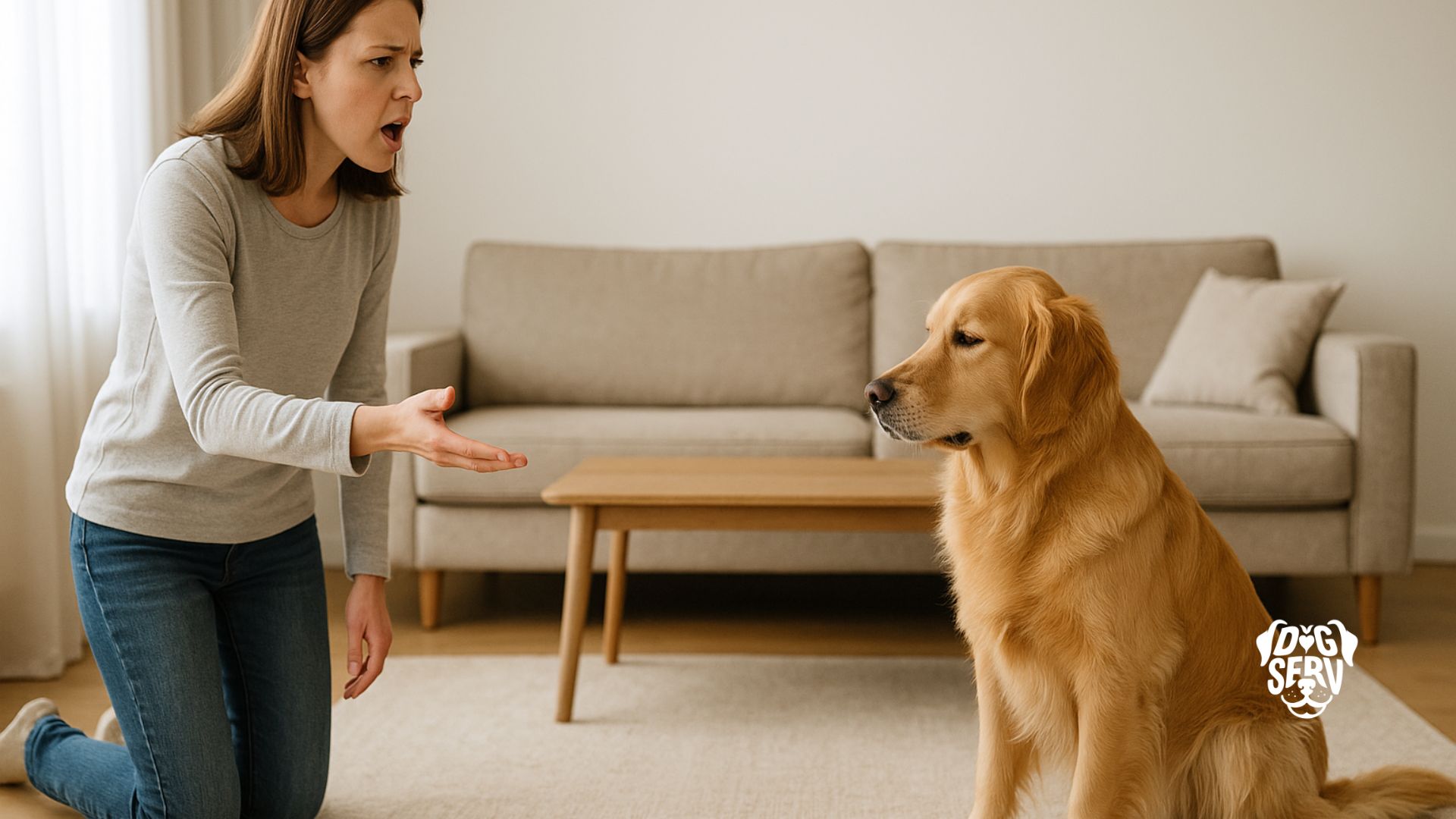

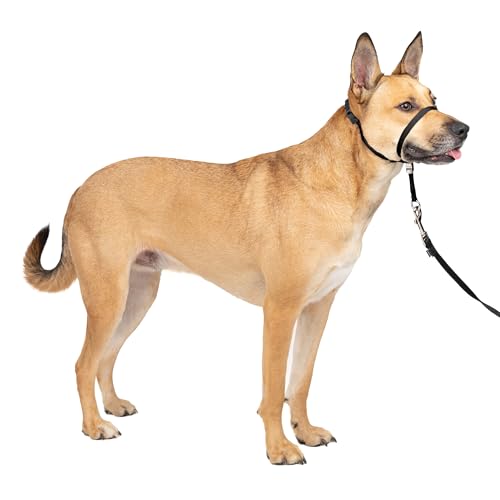


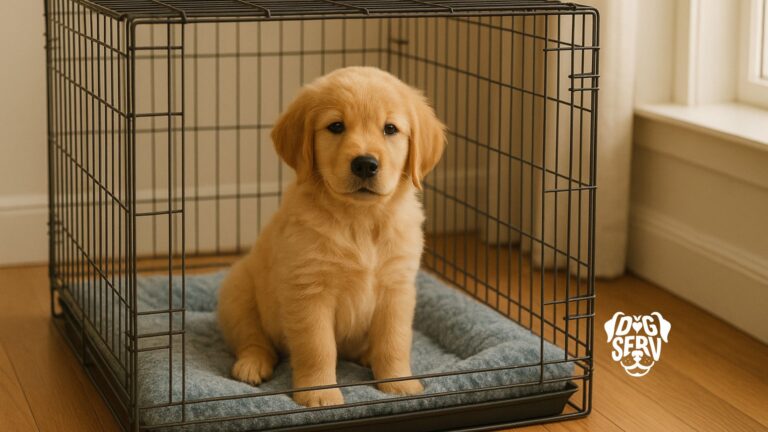
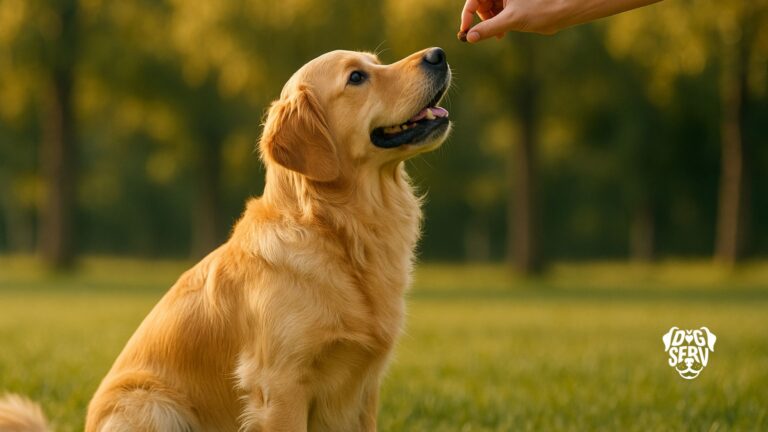
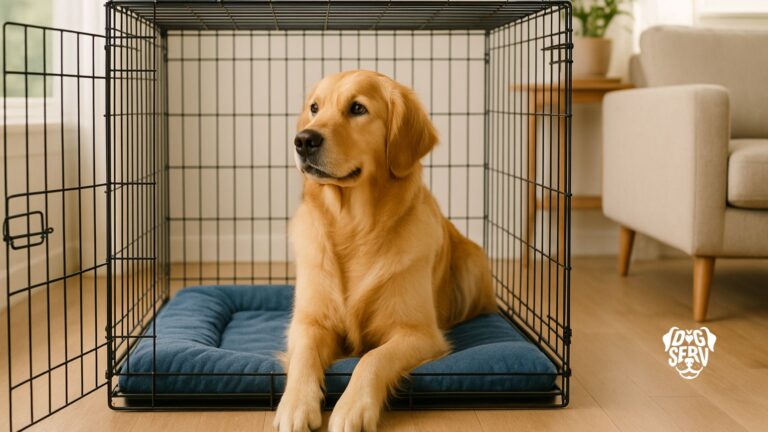
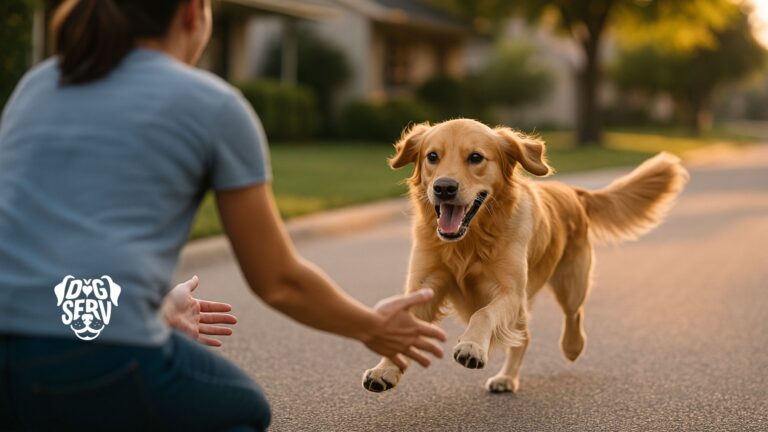

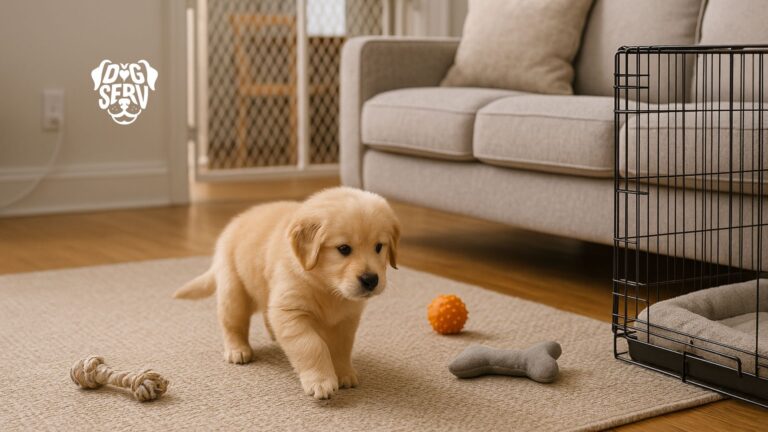
Calvin Hewitt is the primary author and driving force behind DogServ, bringing over 27 years of business expertise and 7 years of specialized digital marketing experience to the dog service industry. As the founder of Web Leveling and architect of DogServ’s evolution from a simple directory to a comprehensive one-stop shop for dog lovers, Calvin has created highly performing dog training websites in competitive markets, developed popular applications like “Can My Dog Eat?” and “Puppy Planning Checklist,” and generated thousands of monthly page views with his dog service content. Based in the Houston area but serving dog lovers and service providers nationally and internationally, Calvin works alongside a dedicated team of seven professionals, combining analytical rigor from his banking and energy industry background with a genuine passion for connecting dog owners, dog lovers, and service providers through quality content, innovative applications, and trusted recommendations.